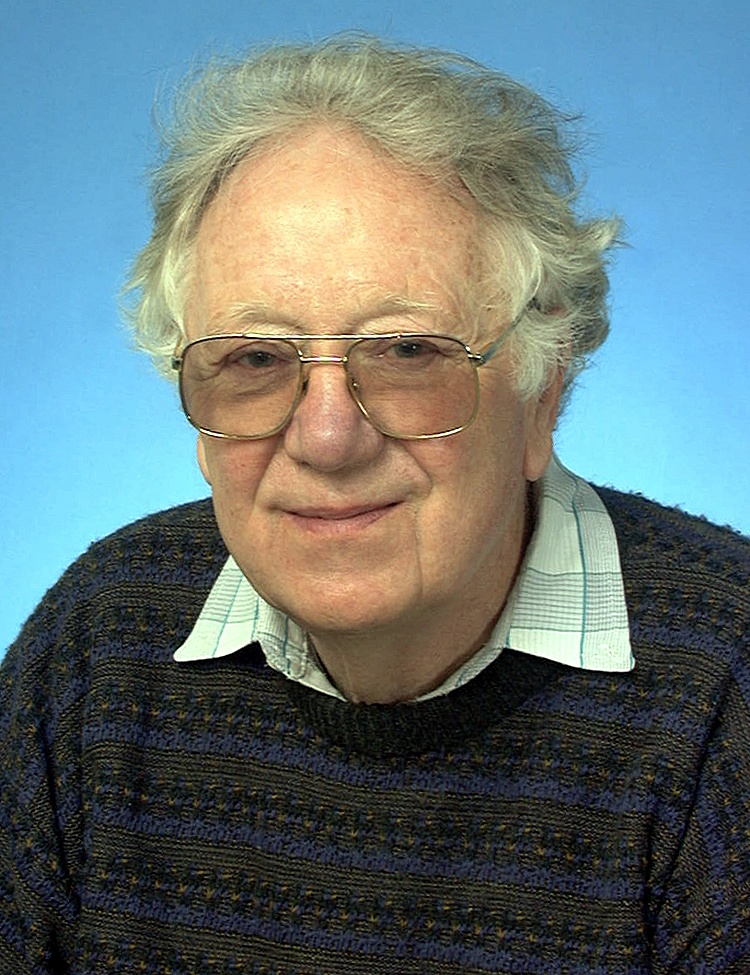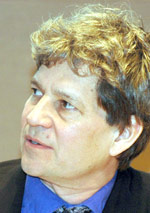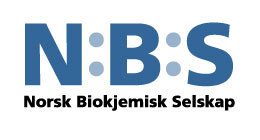Nobel prize seminar at Rikshospitalet Monday Nov 24th

Olivier Smithies (University of North Carolina) - winner of the Nobel Prize in Physiology or Medicine in 2007 - gave the "EMBIO lecture 2008" - entitled "Turning Pages: From Gels to Genes".
Robin Lovell-Badge (MRC, London) gave the NBS 40th Anniversary lecture with the title "Stem cells to sex and back again" and Nobuyo Maeda (University of North Carolina) talked about "Genetically modified mice to unravel complex genetics in atherosclerosis" as the Sigurd K. Thoresen Foundation speaker.
Monday November 24th from 1 PM to 4 PM (13-16) in the Main Auditorium at the Rikshospitalet HF.
This seminar has been facilitiated and sponsored by EMBIO, by the Norwegian Biochemical Society, by the Sigurd K. Thoresen Foundation and by CMBN, a centre of excellence at Rikshospitalet/UiO.
EMBIO is the steering group for molecular life sciences at the University of Oslo.
EMBIO plans to sponsor at least one Nobel-prize-class seminar each semester in the following years.
This year the efforts have been joined by NBS, who celebrate its 40th birthday this year.
 EMBIO lecture 2008
EMBIO lecture 2008
Oliver Smithies
Department of Pathology and Laboratory Medicine, University of North Carolina Chapel Hill, NC USA
Turning Pages: From Gels to Genes
Starting with the invention of gel electrophoresis, I shall trace the logical progression from gels to gene targeting, and will try to convey the excitement of this work through turning pages in my scientific notebooks.
 NBS 40th Anniversary lecture
NBS 40th Anniversary lecture
Robin Lovell-Badge
MRC National Institute for Medical Research, London.
Stem cells to sex and back again
During embryonic development, cells frequently have more than one fate that they can follow. The same is true of stem cells throughout life as these can self-renew or differentiate. These decisions will often be dictated by external signals, but they must also involve internal switches: transcription factors that control programmes of gene activity. I will briefly discuss my prehistoric attempts to explore gene expression in the very early embryo and in embryonal carcinoma stem cells, work that perhaps provided some encouragement for the derivation of the first Embryonic Stem (ES) cell lines, but which definitely made me interested in how decisions of cell fate are reached, the topic for the remainder of my talk. Sex determination, the process by which an embryo becomes male or female can be reduced down to the initial decision to make Sertoli or follicle cells in the early gonad. This offers a beautiful example of how cell fate choices are determined by transcription factors, notably the product of the Y chromosome gene Sry. This work also led, by chance, to the discovery of a related gene Sox2, that turned out to be critical for the pluripotency of ES cells and which also plays an important role in stem cells in the nervous system in several other organs. Both topics reveal how individual genes can have a profound effect on cell fates throughout life.
 Sigurd K. Thoresen Foundation speaker
Sigurd K. Thoresen Foundation speaker
Nobuyo Maeda
Department of Pathology and Laboratory Medicine, University of North Carolina Chapel Hill, NC USA
Genetic Variations in Atherosclerosis: "Humans to Mice" and "Mice to Humans"
Atherosclerosis is a complex vascular disease and the major cause of death and disability in modern societies. Risk factors include plasma cholesterol levels, life style, exercise, and many genetic factors. To model this complex disease process in humans, we have used gene targeting to alter and humanize genes in mice. Wild type mice have low plasma cholesterol levels and are protected from atherosclerosis. However, mice lacking apolipoprotein E develop spontaneous atherosclerosis, which has allowed us to dissect the roles of genes that are important for the maintenance of vascular function and for antioxidant defense. Small changes caused by genetic variations can also have a large impact in mice and in humans. For example, in humans, the risk of developing atherosclerosis increases progressively in association with the three common forms of the APOE gene in the order APOE2 < APOE3 < APOE4. By making mice with these human APOE genes we have been able to uncover important interactions between these and other common gene variations and with environmental factors. Observations made in mouse models are being applied in turn to human population studies to help understand gene-gene and gene-environment interactions underlying the risk for atherosclerosis.
Download abstracts in Word format - Download abstracts in PDF format
About the sponsors:




